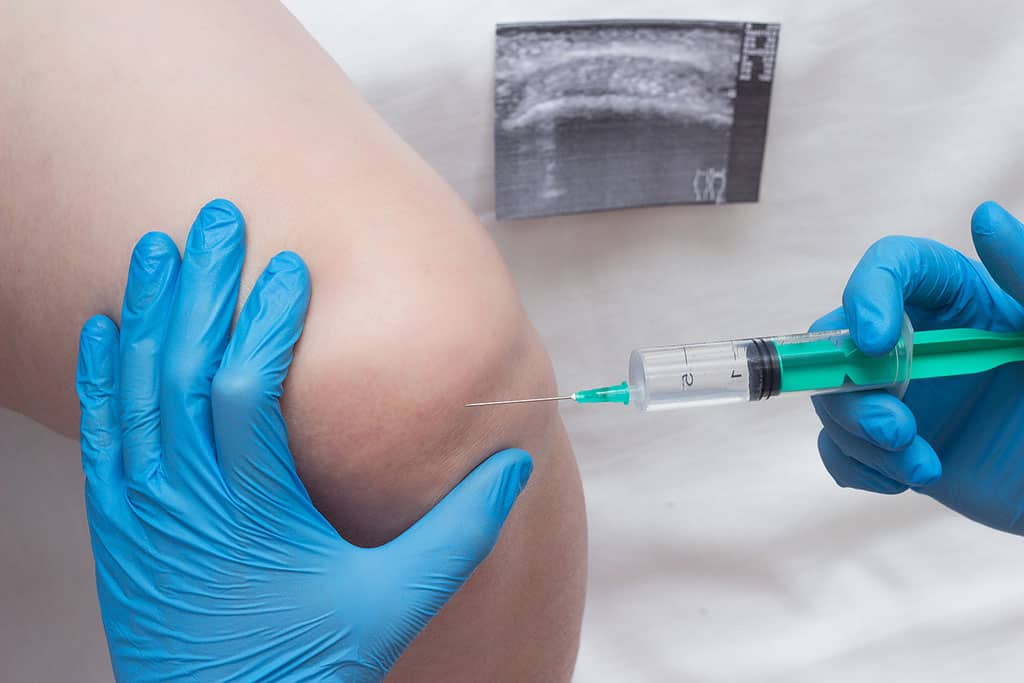Are painful joints keeping you from enjoying your favorite activities? Does constant aching make it hard to focus at work? Chronic pain disrupts your entire life, affecting your concentration, limiting your mobility, and diminishing your overall quality of life.
Fortunately, there’s hope. Our steroid joint injections provide non-surgical joint pain treatment that alleviates the discomfort caused by conditions such as:
Our rheumatologists in Raleigh are experts in joint pain relief, and we’ve helped hundreds of Triangle area residents find a new outlook on life—free from the burning and aching that once held them back. If you have constant discomfort caused by the conditions listed above, we encourage you to meet with our board-certified rheumatologist.
Steroid Joint Injections and Aspirations Treat Your Pain and Inflammation at Its Source
We conduct both joint injections and aspirations (where we remove fluid from a joint) in our office or a hospital setting. The result? Less swelling, reduced pain—and you can return to your regular activities.
We provide these cortisone injections for joints including:
- Knees
- Shoulders
- Elbows
- Ankles
- Wrists
- Hips
- Small joints found in your hands and feet
State-of-the-Art Imaging Ensures Unequaled Accuracy
We understand that no single treatment works for everyone. Depending on your specific needs, we may use advanced imaging techniques, such as an ultrasound, to provide precise guidance and effectively address the root of your problem.
How Do Steroid Joint Injections Work?
Through this nonsurgical joint pain treatment, we have effectively helped individuals with autoimmune diseases relieve pain by injecting steroid medication directly into the joint, reducing both swelling and discomfort.
When Would I Need a Joint Aspiration?
If you have excessive swelling, we may perform a joint aspiration, where we remove fluid from the space surrounding your joint. Then, we often analyze the fluid to help us more accurately assess a diagnosis and create a tailored treatment plan.
Are You a Candidate for Joint Injections?
To provide an accurate answer, we’ll need to assess your individual case and review your medical history. However, if you answer “yes” to any of the following questions, we recommend seeking a referral to speak with our rheumatologist in Raleigh:
- Does your pain get worse from activity?
- Has your pain failed to respond to other treatments?
- Does pain make it difficult to function in your everyday life?
Get Relief From Chronic Joint Pain Through Our Board-Certified Physicians at Capital Rheumatology
When you entrust your care to Capital Rheumatology, you get an entire healthcare team dedicated to relieving your pain so you can experience life without constant discomfort.
Dr. Priyank Chaudhary, our rheumatologist, has committed his entire career to listening to the concerns of patients so he can find the most effective treatment. He also believes in a holistic approach, seeing medication as only one facet of the solution. He creates individualized plans that will minimize unnecessary procedures, focusing on the most effective, non-invasive techniques.
Don’t let chronic pain disrupt your world. We encourage you to speak with your doctor about a referral to Capital Rheumatology today.



